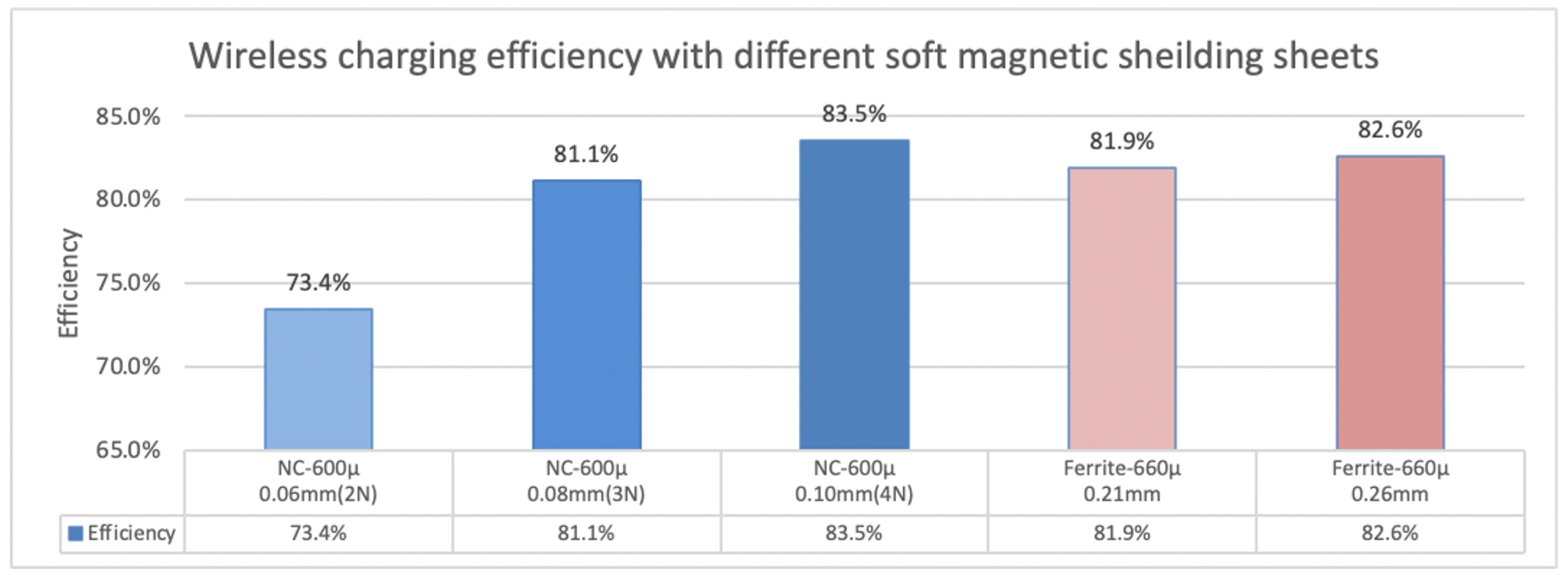With people's awareness of wireless charging and gradually adapt to wireless charging, people's requirements for wireless charging speed are getting higher and higher. And the wireless charging power of smart phones has gradually increased, from the initial 5W to 7.5w, 10w, 15w. Subsequently, with the competition between Huawei and Xiaomi in wireless charging technology, wireless charging technology has entered a period of rapid development, and wireless charging has changed from normal charging mode to reverse-charging mode, to fast charging mode, and then to super-fast charging mode. The corresponding power is also escalating to 27w, 30w, 36w, 40w, and 50w in just two years. The next wireless charging power level is 80w, which is the upper limit standard that the Ministry of Industry and Information Technology, PRC has just relaxed in 2023. Perhaps in the near future, the wireless flash charging that can be fully charged with a few minutes will become a reality.
With the development of wireless charging technology, the matching shielding material has also changed from the initial hard MnZn ferrite to flexible MnZn ferrite, to Fe-based amorphous, and finally to Fe-based nanocrystalline. Fe-based nanocrystalline are the best soft magnetic shielding materials for wireless charging receivers at present.
In order to make the wireless charging module thinner, more efficient and more anti-interference, the Fe-based nanocrystalline material itself also needs to be continuously improved. The development trend of nanocrystalline ribbon for wireless charging is towards ultra-thin thickness and high Bs. In terms of thickness, nanocrystalline ribbons with a thickness of 18~20μm have been widely used, and nanocrystalline ribbons with a thickness of 12~16μm are very promising candidate materials in the future, because the thinner the thickness, the smaller eddy current losses. At present, the thinnest nanocrystalline ribbon produced by Foresee or AT&M has reached 12 μm, which is the highest level in mass production in the world. In terms of anti-DC bias, the Bs=1.4T nanocrystalline ribbons have been commercialized, partially replacing the Bs=1.2T nanocrystalline ribbons, in which the shielding sheet of 3 layers Fe-based nanocrystalline ribbon can resist DC superimposed up to 4.5A, and will be higher in the future, which is more secure and stable for wireless charging systems.
Another prospecting development trend of wireless charging is magnetic resonance, which can make the charging distance longer, can charge multiple devices at the same time, and there are no strict restrictions on the charging location. If the charging efficiency of magnetic resonance can be further improved and the potential risks to human health can be eliminated, wireless charging will be experienced more exciting and be more popular.




